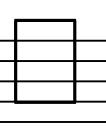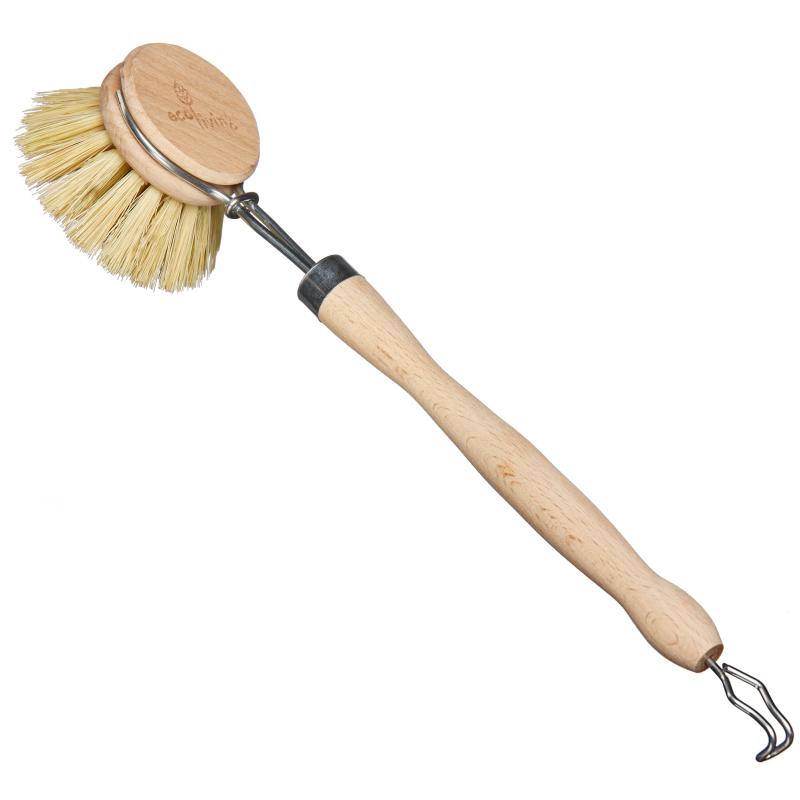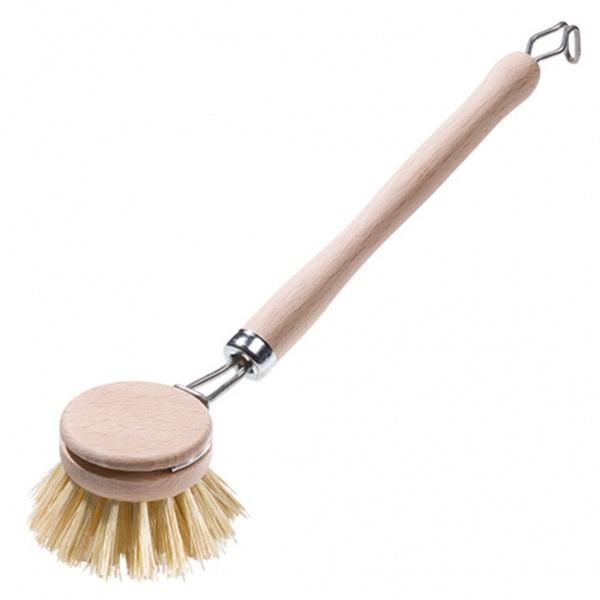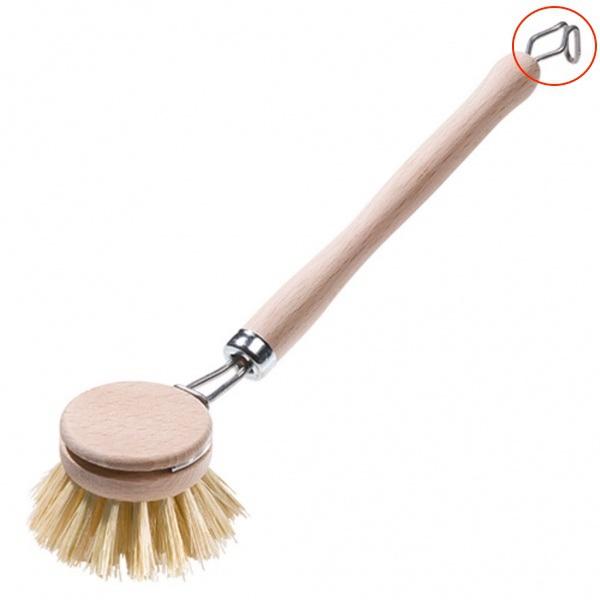Gísladóttir
Veil of Stone, The Deity Disguised (2022-’23)
for baroque ensemble and live electronics
Dur. 21′
Veil of Stone, The Deity Disguised
I hommage, homme, home, om, etc., etc.
II sommer i nyttehaven
III minister sinister
IV áfram með smjörið
V a most egregious offence against taste and decency
VI birds and soft whistles
VII bridge over troubled water
VIII water under the bridge
IX shimmer for us, not in the U.S.
X miserere for us, also in the U.S.
XI hjól atvinnulífsins
XII hver haldiði ekki að hangi hér á bláþræði nema sá rauði sjálfur
Veil of Stone, The Deity Disguised was written over a span of 16 months from 2022-2023 and premiered at Skálholt Summer Concerts in 2024. The piece is a collection of wandering thoughts on life, philosophical and religious concepts, real life events and humour(!), portrayed throughout 11 miniature movements. An imagination of layers within layers, disguised by more layers. Always within a somewhat dreamy, flowing texture. All steered with a to some extent grotesque, wheel-like appearance of the harpsichord part, serving not only as a driving force and trigger of the electronic landscape, but also somewhat a tasteless contrary to its surroundings (however, these surroundings become very impressionable towards its demander).
PERFORMANCE NOTES
General
Trills and tremoli
Trills and tremoli occur in variable speed in the piece, where four lines indicate the fastest possible. Trills and tremoli can also increase and decrease in speed, indicated in the following way:
Graphics
The score uses graphics to better describe the piece’s soundscape. The graphics can be anything from subtle wavy lines to something absolutely all over the place. This is pretty self explanatory (I hope).
TRAVERSO
The traverso part is particularly written for a Buffardin Le Fils from Martin Wenner. For use of traverso with a different fingering, the part will have to be revised. The traverso part in the piece boasts something very different to the traditional use of the instrument. There is quite a lot of overblowing and distortive air flowing noises. The aim should really not be to contain a steady tone, but much rather something quite unstable in its appearance.
Amplification
The traverso is amplified (along with the harpsichord) and triggers the live electronics of the piece. A DPA or similar should be used for the amplification. The player should keep in mind that some of the dynamic changes (this applies to crescendi in particular), will be highlighted or pushed by the sounds technician. They should still be performed by the player as much as possible, then they will receive a little help from the amplification.
Effects and techniques
Harmonic trills
W.t. – whistle tones
In the score and parts, the fundamental position of the whistle tones is given in the form of a diamond head. Travel freely between the possible overtones. Ex:
Multiphonics
When used, a fundamental is given along with a description of the desired outcome, that is, no specific fingering is given.+
Square notes should be voiced, preferably in the octave written, but otherwise in the octave that feels best for the performer. The voiced parts of the piece are absolutely not required to be in perfect tune, but preferably somewhere close to the pitch given.
HARPSICHORD
The harpsichord plays an absolute key role in the piece. Not only is it the main trigger of the live electronics, but also serves as a driving force for the rest of the material. Sometimes in an opposing manner, sometimes as a team player, always as the core of energy for the rest of the ensemble.
Notation
Squares are used to indicate in which register the action given should occur in.
Equipment and preparation
Thimbles
The following should be prepared to throw at the strings:
A small bowl with approximately 70-100 thimbles.
A big bag with approximately 300 thimbles.
Dish brush
Amplification
The dish brush should look something like this and have a metal holder at its handle.
The harpsichord is amplified (along with the traverso) and triggers the live electronics of the piece. Two microphones should be used, one for the lower register and one for the upper. The player should keep in mind that some of the dynamic changes (this applies to crescendi on the keyboard in particular), will be highlighted or pushed by the sounds technician. They should still be performed by the player as much as possible, then they will receive a little help from the amplification.
STRINGS
m.s.t. – molto sul tasto
s.t. – sul tasto ord. - ordinario
s.p. – sul ponticello
m.s.p. – molto sul ponticello
gradually move from one technique to the other
Harmonics, harmonic trills, overpressure and more
Harmonics and harmonic trills
Harmonic
Artificial harmonic
Slurred tremolo is to be played on one bow throughout its whole time value. Take for instance the visual example given here in the explanations; the tremolo should be played on one bow only, through the two beats. That is, not a new bow on every trill between the first and second note.
Gliss. from the very start of the tremolo.
Overpressure
Circular bowing
ELECTRONICS AND AMPLIFICATION
Electronics
Keep in mind that this technique is indicated with circular graphics above the stave - not to be confused with graphics by the note within the stave, referring to left hand movement.
The electronics are run from Ableton Live 10 Suite (Max for Live needed) or newer and require a sound technician. An audio interface with three inputs is needed. The electronics are all live, triggered by the harpsichord and the traverso. In rough terms, what is required for the performance is activating/deactivating return tracks, as well as the fading in and out of the same tracks. There is also some pushing and pulling on the mixer when it comes to creating more extreme dynamic changes in the traverso and harpsichord part. Further information in the score/part and explanation video. The electronic project can be found here:
Amplification
The traverso is amplified with DPA or similar. The harpsichord is amplified with two microphones - one for lower range and one for upper. Full range stereo PA required.
INSTRUMENTATION
Traverso
Harpsichord
400 thimbles dish brush
Violin I (3 players)
Violin II (3 players)
Viola (2 players)
Violoncello (2 players)
Double Bass (1 player)
Electronics (1 player)
Ableton Live Suite with Max for Live Interface with two inputs needed
Amplification
Traverso and Harpsichord are amplified, sent from mixer to live electronics and back. Full range PA needed.
Tuning in 415 Hz.




























